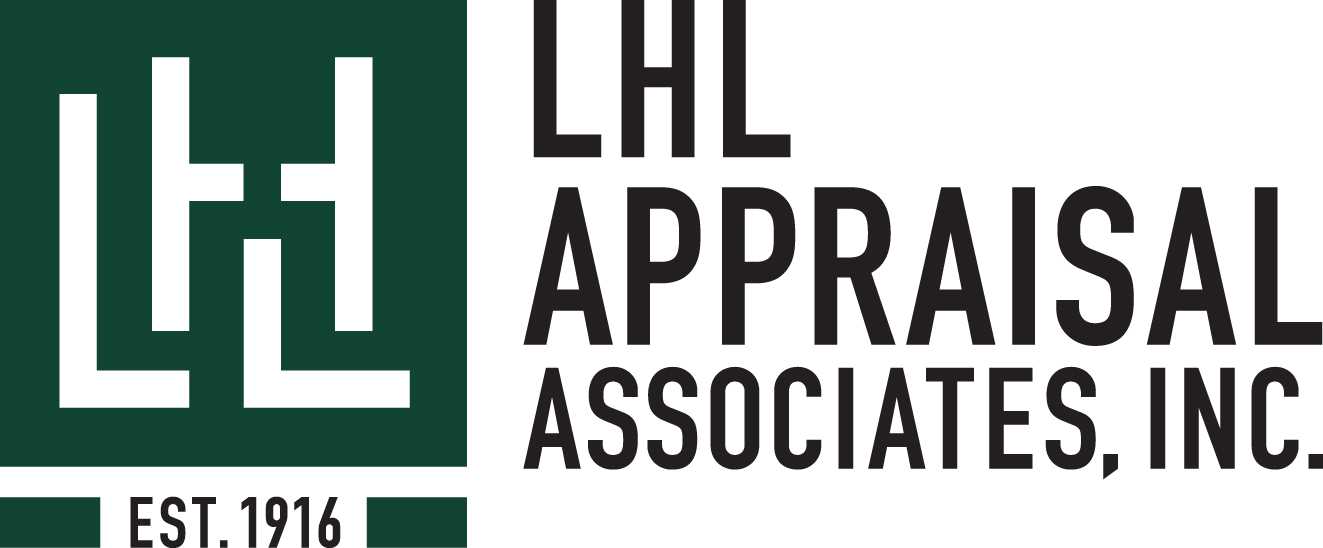Explaining HOA Replacement Reserve Studies
The purpose of a Reserve Study is to provide a long range plan (up to 30 years), for the timely replacement of key components of the structure that have usable economic lives of shorter duration than the foundation and framing. The Study is made up of two parts, 1) the information about the physical status and repair/replacement cost of the major common area components the association is obligated to maintain (Physical Analysis), and 2) the evaluation and analysis of the association’s Reserve balance, income, and expenses (Financial Analysis).
The Physical Analysis is comprised of the Component Inventory, Condition Assessment, and Life and Valuation Estimates. The Component Inventory should be relatively “stable” from year to year, while the Condition Assessment and Life and Valuation Estimates will necessarily change from year to year.
The Financial Analysis is made up of a finding of the client’s current Reserve Fund Status (measured in cash or as Percent Funded) and a recommendation for an appropriate Reserve contribution rate (Funding Plan).
A critical element of the Reserve Study is planning for funding of replaceable components, preferably with a Reserve Account which will have sufficient funds to pay for items as they need replacement. An alternative is to use special assessments which may create a financial hardship on individual unit owners and/or interfere with sales of units. Depending on the Board of Director’s wishes, a study can be either extremely exhaustive or restricted to only the major assets. In either case, each item included must be evaluated to determine the current condition, the remaining useful life, and the replacement cost. This information is then synthesized into a spread sheet format which determines the contribution needed.
All costs and balances are shown both in constant dollars and adjusted for annual inflation and interest earned (rate assumptions are clearly shown). Ideally, an even level of contributions is established that maintains a positive balance in the account. The Reserve Account, per accounting and tax guidelines, should be separate from the funds for the annual operating budget.
